Legends in the Rally Scene
Manufacturers were given unparalleled freedom to unleash the full potential of their engineering prowess, resulting in rally cars with power outputs that defied convention. Turbocharging, supercharging, and advanced engine technologies were all fair game, pushing engine outputs to levels previously unseen in rallying. The consequence was a breed of rally cars that could accelerate with jaw-dropping ferocity, delivering mind-bending horsepower and torque figures. These automotive monsters not only redefined the boundaries of speed and performance but also posed significant challenges to drivers who had to tame their relentless power on treacherous rally stages.

Audi Quattro: The Audi Quattro was one of the pioneering cars of Group B. It featured all-wheel drive (hence the name “Quattro”) and a turbocharged inline-five-cylinder engine. The Quattro’s combination of power and traction made it a dominant force in Group B, and it played a significant role in popularizing four-wheel drive in rally racing.
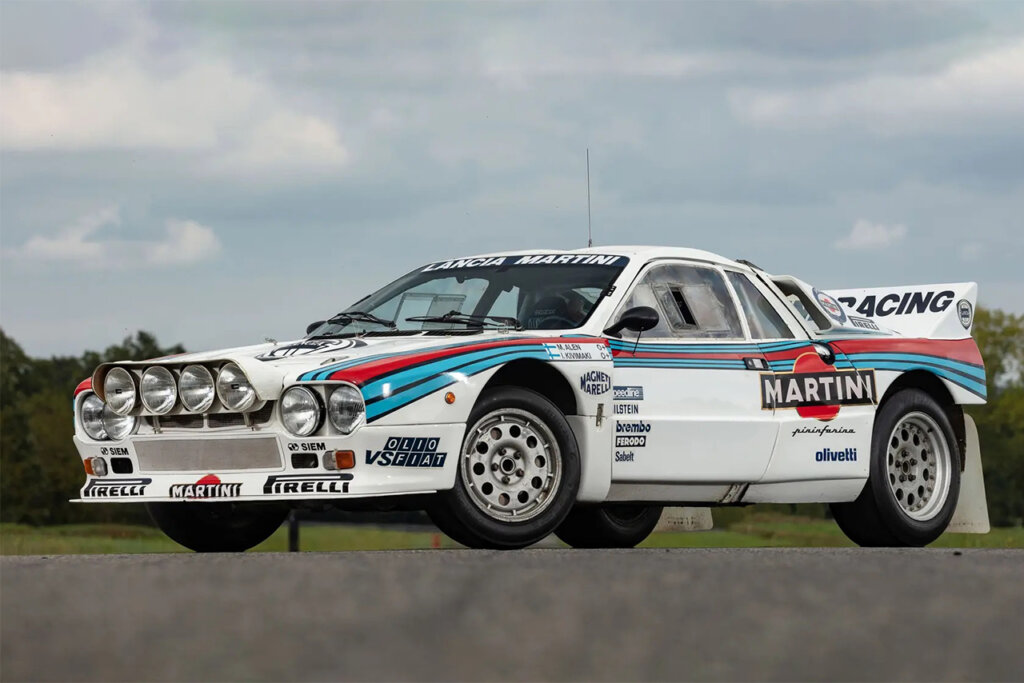
Lancia 037: The Lancia 037 was a rear-wheel-drive car with a supercharged four-cylinder engine. It was one of the last successful rear-wheel-drive cars in Group B before the advent of all-wheel drive. The 037, driven by the likes of Walter Röhrl and Markku Alén, won the World Rally Championship (WRC) for manufacturers in 1983.
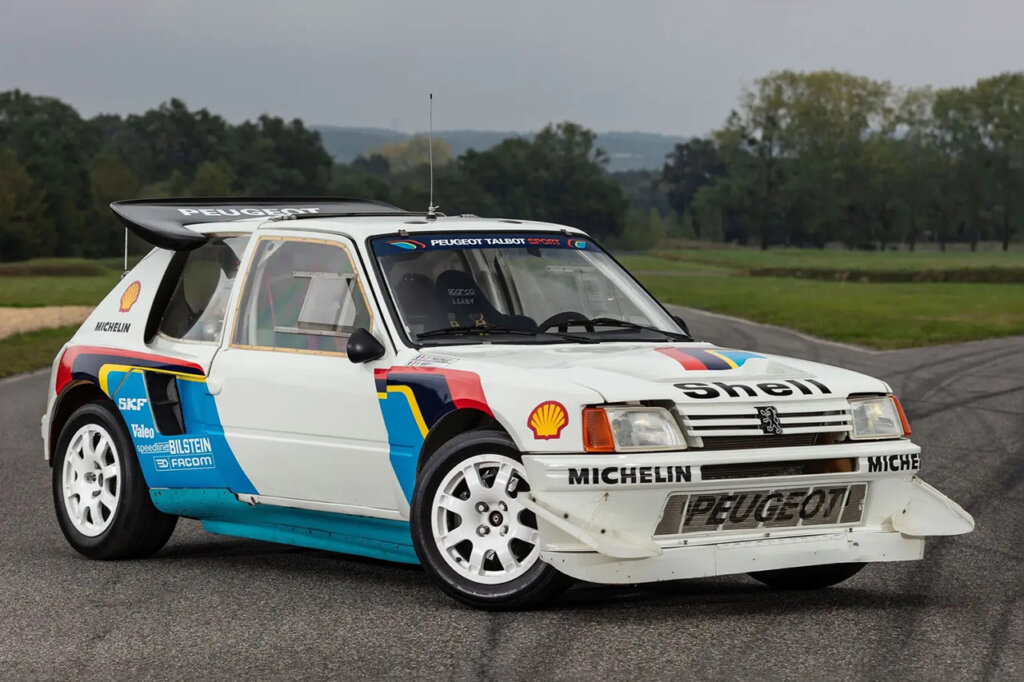
Peugeot 205 T16: The Peugeot 205 T16 was a formidable Group B car, featuring a mid-mound turbocharged four-cylinder engine and all-wheel drive. It secured the WRC manufacturers’ title for Peugeot in 1985 and 1986. The 205 T16’s distinctive design and performance made it an enduring icon.
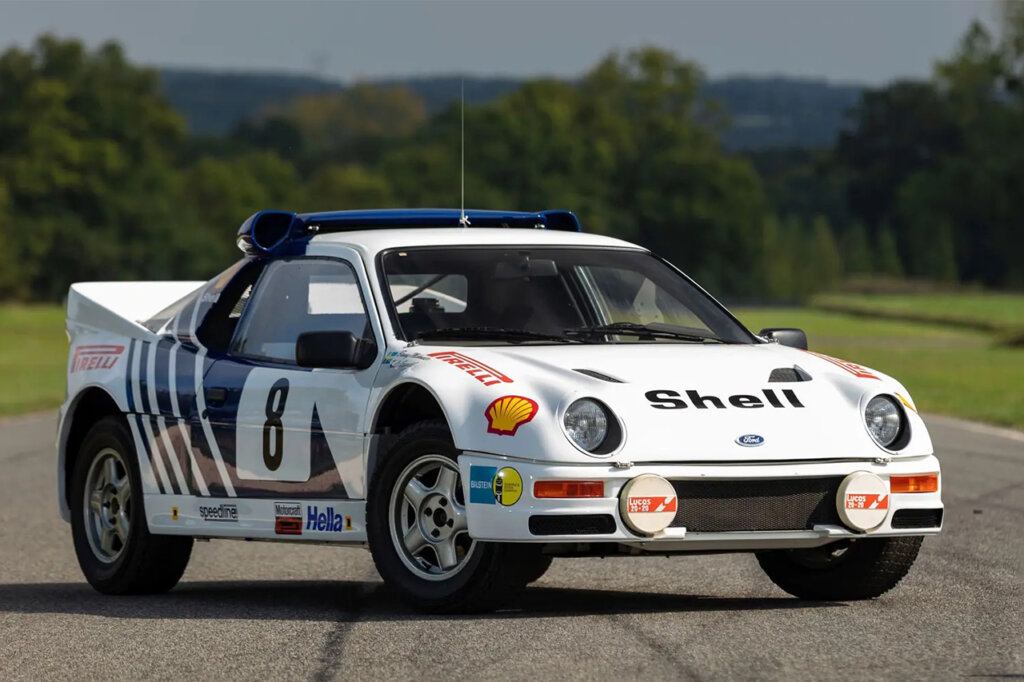
Ford RS200: The Ford RS200 was another notable Group B car with a mid-engine layout and all-wheel drive. Despite its relatively short-lived competitive career in Group B, the RS200 left a lasting impression with its aggressive styling and innovative design.
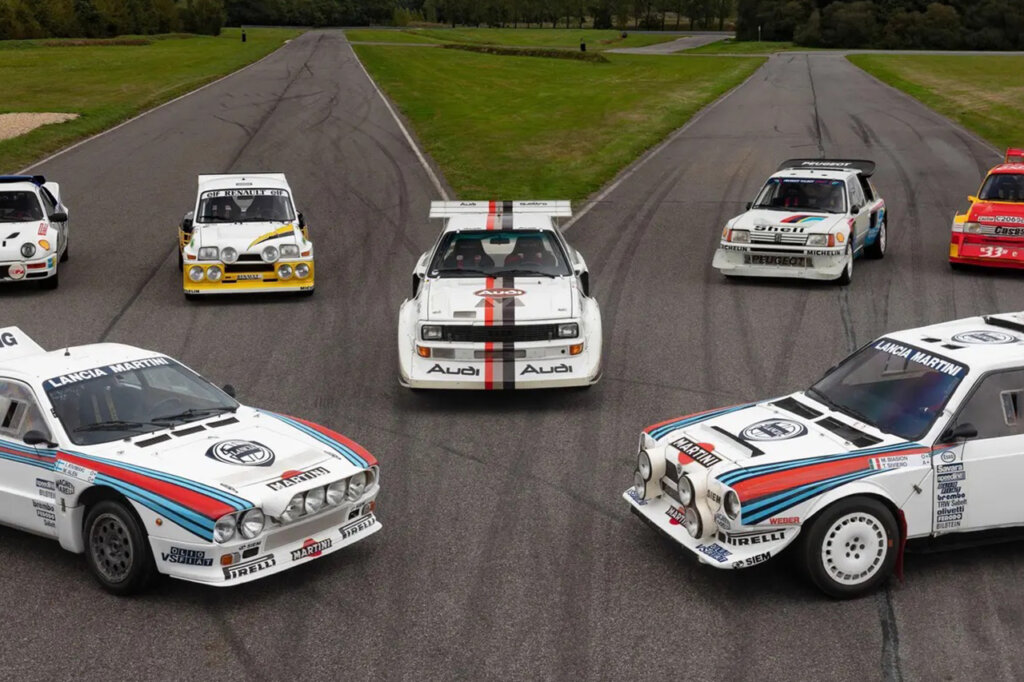
Source: Top Gear
Group B Rally racing stands as a legendary and unforgettable era, defined by its unique blend of innovation, competition, and danger. The permissive rule set allowed manufacturers to create iconic, high-powered rally cars that pushed the limits of technology and performance.
Cars like the Audi Quattro, Lancia 037, and Peugeot 205 T16 became symbols of this era, captivating fans with their raw power and distinctive designs. However, the era was marred by tragic accidents and fatalities, notably the 1986 Portugal Rally disaster, which ultimately led to the demise of Group B. While it left behind a legacy of extraordinary machines and legendary drivers, the era is also a sobering reminder of the importance of balancing innovation with safety in the world of motorsport. Group B Rally racing remains an enduring testament to the pursuit of speed and excellence in the face of both triumph and tragedy.

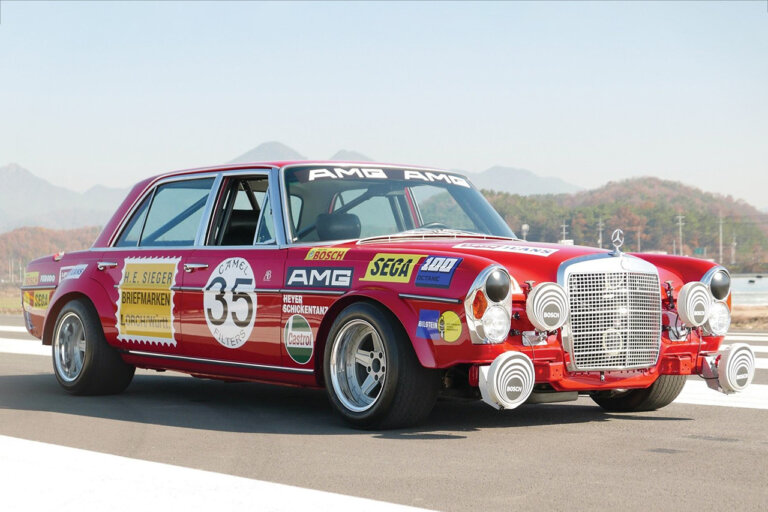

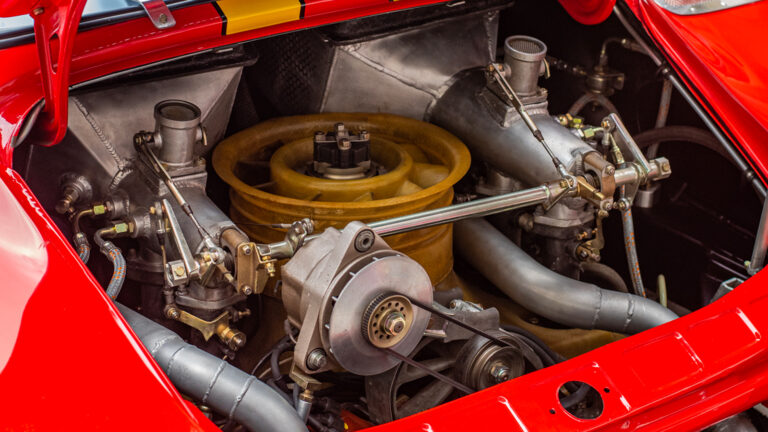
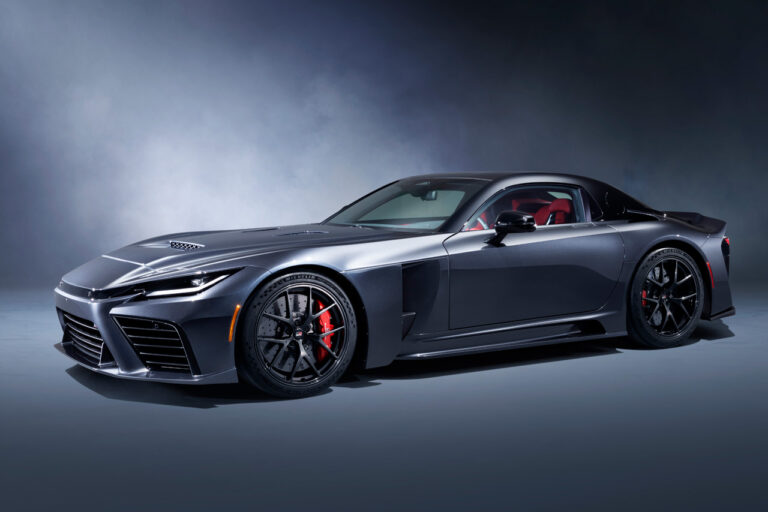
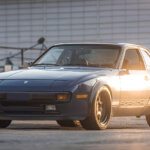
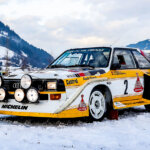
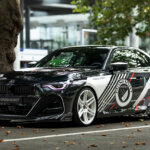
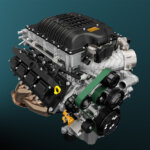

One Response
awesome article. nothing but the truth very good read.